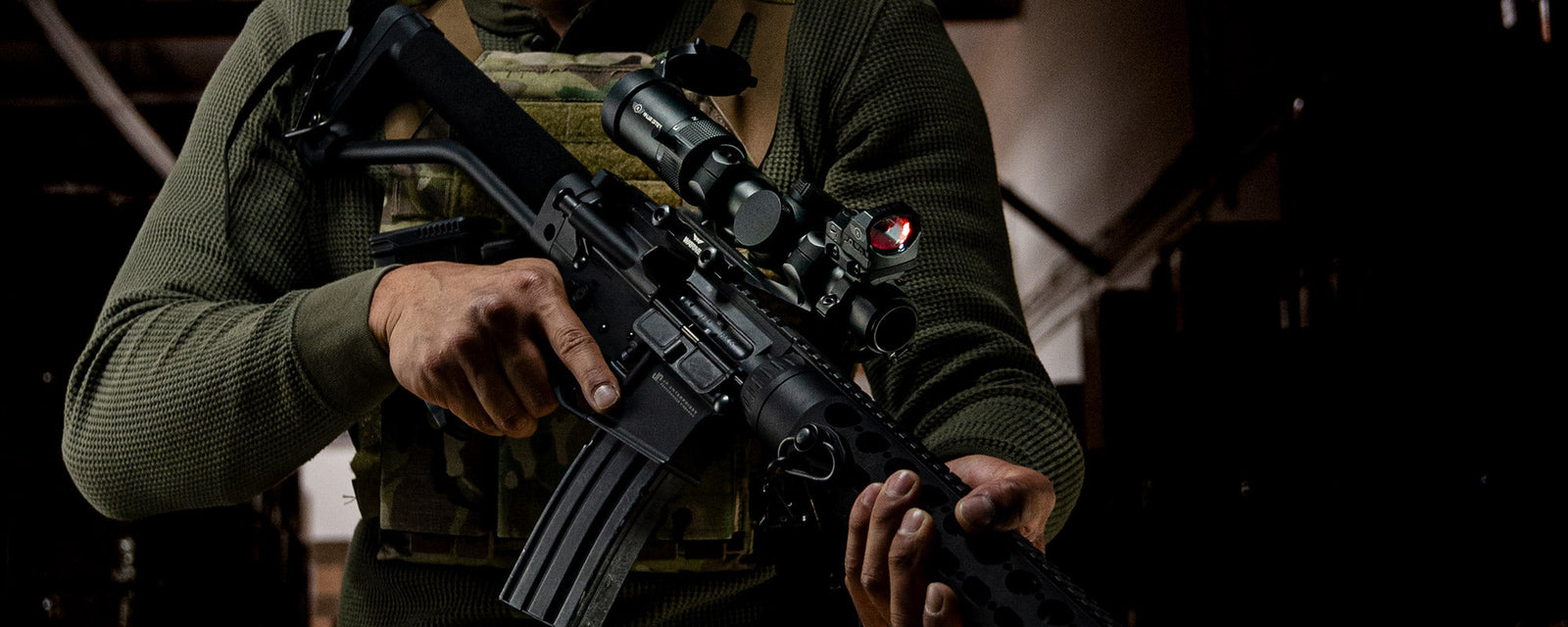The American Civil War lasted 4 years and 27 days, stretching from 1861 to 1865. During that time, indistinct lines were drawn between land and ideology. One important division, as far as war efforts go, lay in the location of manufacturing. On a general scale, the Confederacy was more devoted to agriculture. The Union, meanwhile, had a greater share of the manufacturing base.

The Confederates started the war low on military supplies. However, they did produce cotton that Britain was desperate to trade for. Stymying the trade, however, was Queen Victoria’s declaration of neutrality just a month after the start of the war. Britain was to remain neutral, and its private citizens were to remain neutral. Its private citizens and arms producers, however, were quite keen to capitalize on wartime needs. The trade had to happen in relative secrecy, as supporting the South was seen loosely as an act of war.
The largest issue with transporting any arms overseas was the need for boats. Much of the Confederate navy was actually built in Liverpool, England - to the point that it became an unofficial embassy for the Southern States. Those boats would transport arms produced by the London Armoury Company, among others, attempting to get them past Union blockades. On the way back to Britain, the boats would carry cargoes of cotton.

Many of the transported arms were built by The London Armoury Company. This was a short-lived manufacturing effort that produced a few briefly-lived designs. The principal shareholder was Robert Adams, inventor of the Adams revolver. Another big name was James Kerr, who went on to invent the Kerrs Patent Revolver. The company had expanded its rifle production after an English government contract in 1859, focusing its efforts on the Enfield pattern rifled musket. By the midpoint of the war, the Confederate States would be the London Armoury Company’s primary source of income, purchasing nearly all the arms that it could produce. The Union Army purchased from the company as well, though significantly less than the Confederacy.

The London Armoury Company was not alone in its sale of arms to the Confederates. From the Siege of Petersburg, General Grant forwarded a captured artillery ammunition box to the Secretary of War, stamped “Royal Arsenal Woolwich.” It’s unclear how many of the thousands of rifles actually made it past Union blockades into Confederate hands. Those that did were later captured on the battlefield. At Vicksburg, Grant had his men exchange their rifles for Enfields possessed by the 30,000 surrendered Confederate troops. Through whatever means they could be acquired, the Pattern 1853 Enfield became the second most used rifle for the Union.
In 1863, Lincoln put forth the Emancipation Proclamation. It proved to be as philosophically important as it was strategic. Britain had officially forbidden slavery in 1833. With the war now more fully focused on the abolition of slavery, Britain could no longer remain neutral without facing repercussions from its own citizens. The British government went on to condemn the Confederate states. The supply lines to the South shrunk even further.
During the course of the war, roughly 50,000 British citizens would also travel overseas to take part in many aspects of the war. Some would serve as doctors, others became soldiers for one army or another. Philip Baybutt would go on to earn the Medal of Honor while serving in the Union Army. Henry Morton Stanley, famous for the line “Dr. Livingstone, I presume?”, served in the Confederate Army after being sent a box of women’s clothing as an insult.
The war would end roughly a year and a half after the Emancipation Proclamation. The London Armoury Company would go defunct in 1866, after losing its primary source of income. Over the course of the war, the Confederacy alone would import some 340,000 European arms, with varying degrees of success.
While this has been just a small glimpse into just one segment of the Civil War arms trade, I leave you with this quote from Texas Senator Louis T. Wigfall in December of 1860: “I say that cotton is King, and that he waves his scepter not only over these thirty-three States, but over the island of Great Britain and over continental Europe.”
We hope you’ve enjoyed this look into the world of firearms. If you’d like to view this in a different format, it’s available in other convenient locations. If you’d like to hear the podcast, you can find it through any podcasting service under the name "The Bullet:In." For the video version, take a peek on our YouTube. And don’t hesitate to drop by our Instagram for more photos.
If you want to find out about other rifles during this time, check out the article on The Gun that Won the West!





Leave a comment (all fields required)